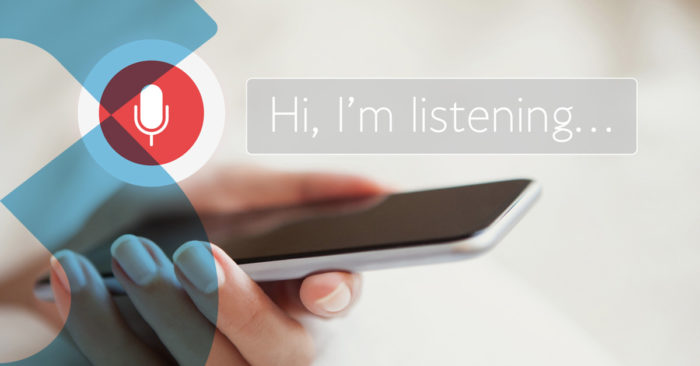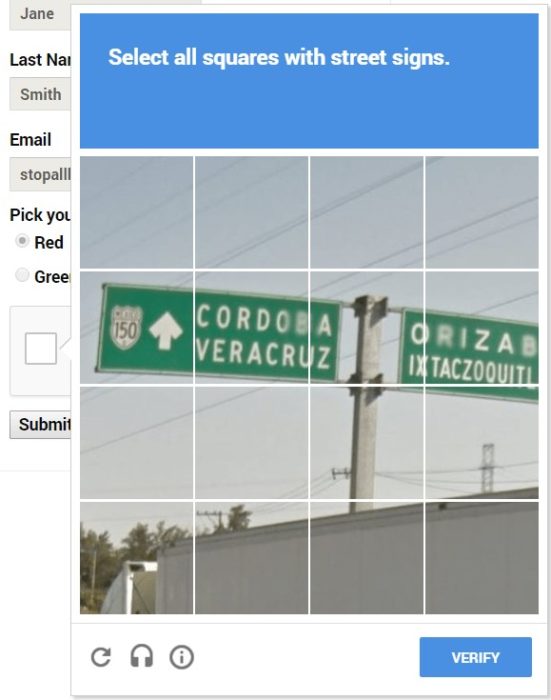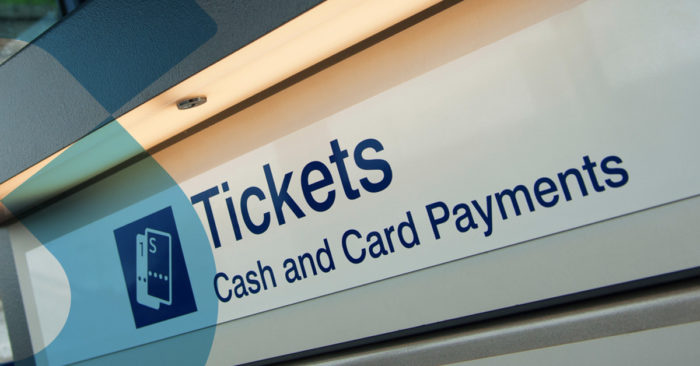All I want for Christmas is…
To celebrate 25 years since the release of Mariah Carey’s, ‘All I Want for Christmas Is You’ (one of our favourite Christmas songs) We are sharing with you our 12 UX wishes for the coming year…
1. …the value of the purple pound to be recognised Customers with disabilities have an estimated £16 billion*1 online spending power. Failing to make your UK website or app accessible means you are designing out 1 in 5*2 of your potential customers! Ignoring the purple pound makes little sense morally, legally or financially. | |
2. …the attention economy to be re-considered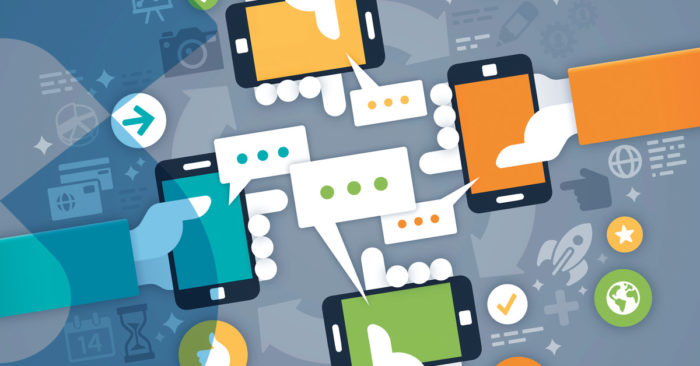 Attention is one of the most valuable resources of the digital age, meaning companies are vying for users’ attention using busy interfaces, eye-catching animations, frequent notifications and advertisements. But all these tactics degrade the user experience by distracting attention away from the task in hand. Perhaps we will move back to more traditional forms of business models in which users are paying for value rather than not paying for poor, sometimes fake, distracting content. | |
3. … UX being used as a force for good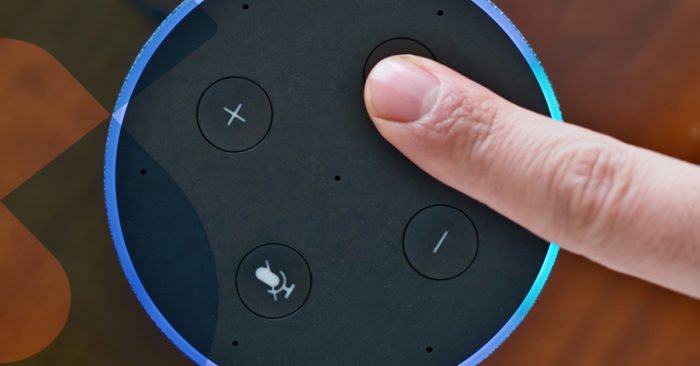 For example, using ‘positive friction’ to prevent people making spur of the moment decisions (over things like getting a loan), placing late night bets (in a moment of weakness/drunkenness) and going on huge online spending sprees. As a new ‘force for good’, voice-activated speakers offer an easy way for elderly people to connect with others for emotional support, obtain advice and seek emergency help if they are not tech-savvy or cannot reach their phone in an emergency. Our article about Designing for the future we want also identified that the NHS has partnered with Amazon with the aim of providing the nation with timely and trustworthy healthcare information via Alexa’s voice interface. | |
4. … designing for pervasive experiences, not platforms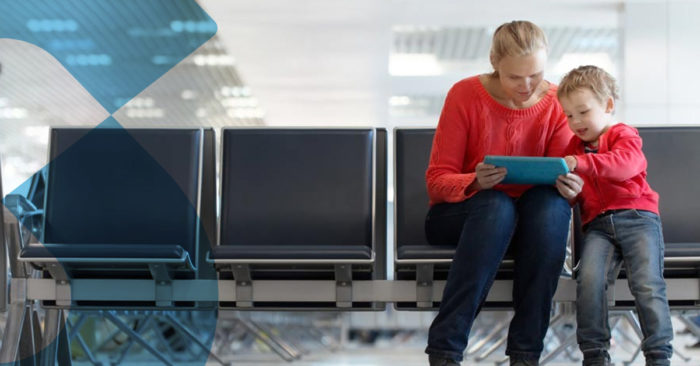 Early web design focused on desktop interfaces, so content was cluttered when viewed on mobiles and tablets. Then we moved towards “mobile first” and responsive design, but instead of creating a seamless experience, these designs often rendered poorly on large screens, packed too much into a small screen and provided no opportunity for hover effects or tactile feedback. With the rise of a wider variety of digital devices (including wearables, white goods, cars and fitness equipment), comes a breadth of interfaces (involving screens, voice and sensors). Moving forwards, UX designers will likely adopt a “nothing comes first” approach to establish a distributed and pervasive experience. We need sites to be configured to adapt to the format of each device, while ensuring a rich interface with a continuous experience across all platforms so that users can pick up where they left off. | |
5. … a truly tailored user experience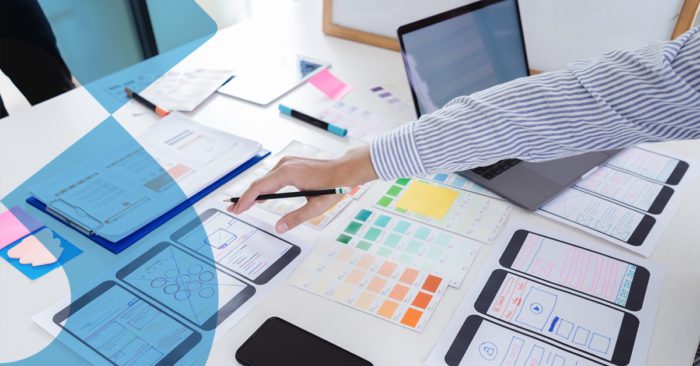 You’ve collected more of my data than I’d care to know, so now I want to see it put to good use! Please remove the page clutter you know I ignore, remove the instructions I’ve already read, remove the buttons I never use (preferring gestures and hotkeys), present content and information in a way that appeals to me, load forms in the way I like (e.g. one screen versus several), but grant me full control over this personalisation, through customization. | |
6. … high-quality biometrics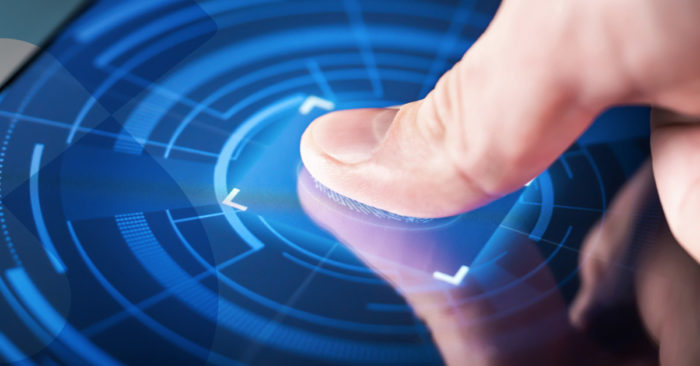 With increasingly more personal and financial data being collected and stored online, it shouldn’t take another massive data breach for the tech industry to tighten up security. They can do this with higher-quality biometric security measures that overcome the weaknesses of digital passwords. | |
7. … facial recognition that accurately distinguishes people of all ethnicities and genders | |
8. … voice recognition to understand my mild accent | |
9. …to stop helping train Google’s artificial intelligence (AI) | |
10. …to see more practical uses for augmented reality (AR)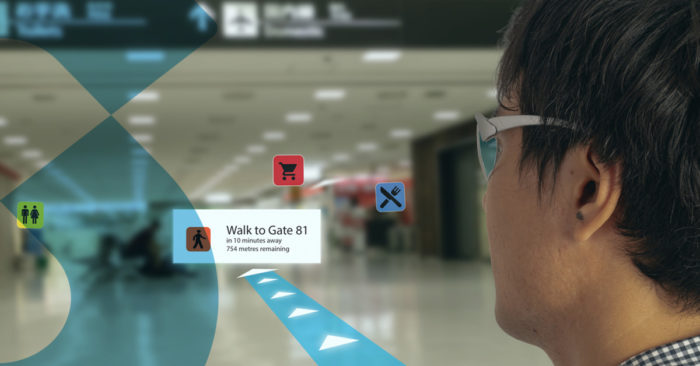 Though some may choose not to admit it, by now we’ve probably all used AR at least once to take a selfie of ourselves with dog ears or other frivolous augmentations. However, I’ve also used a virtual tape measure as a much more useful AR tool and foresee some valuable potential in using AR elsewhere. For example, to visualise interior redesigns, use virtual fitting rooms for online clothing purchases and join immersive AR workouts from the comfort of my own home. | |
11. … for train companies to stop confusing me with their ticket types and fares | |
12. … you!At System Concepts we pride ourselves on working collaboratively with clients and building long term relationships. |

Take a look at all of the UX services we offer and get in touch if there us anything we help you with!

